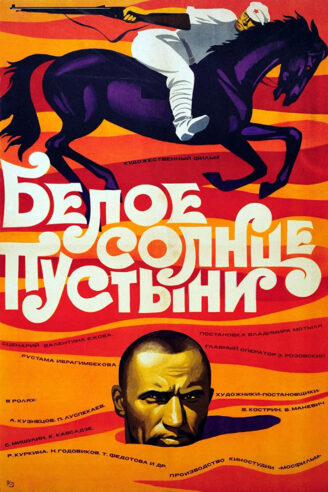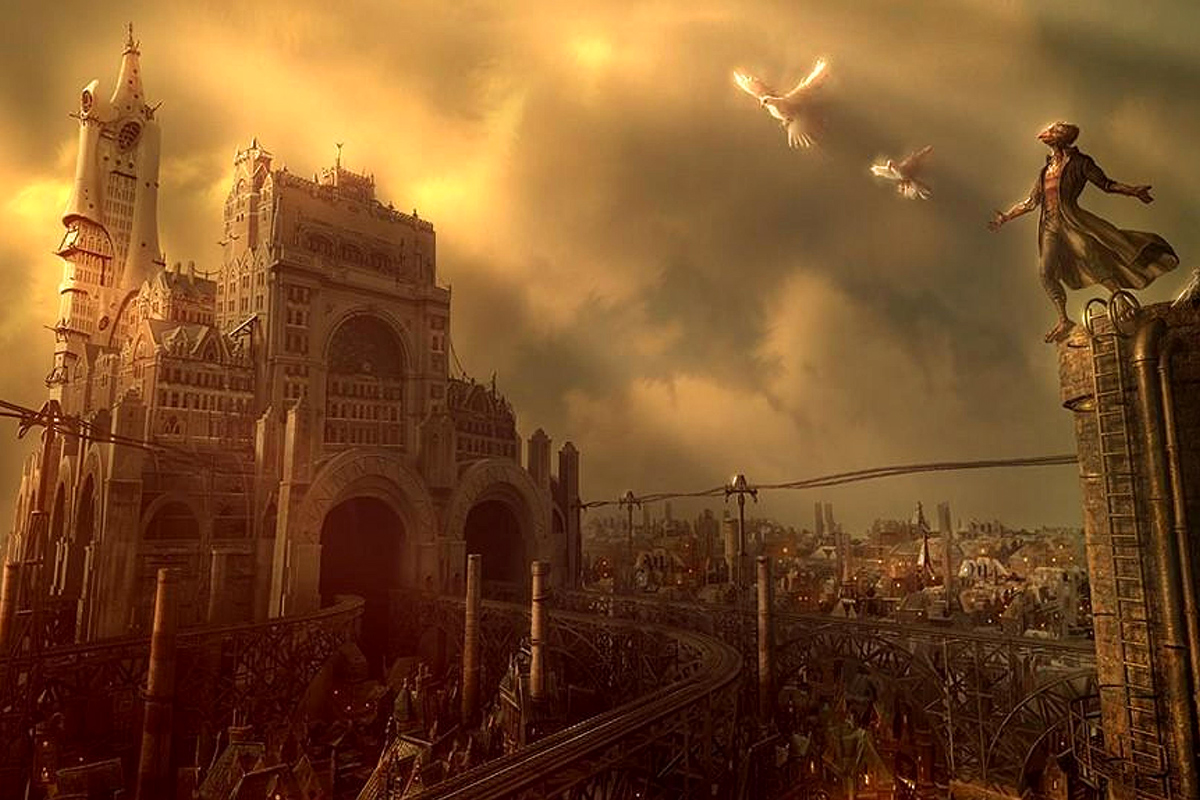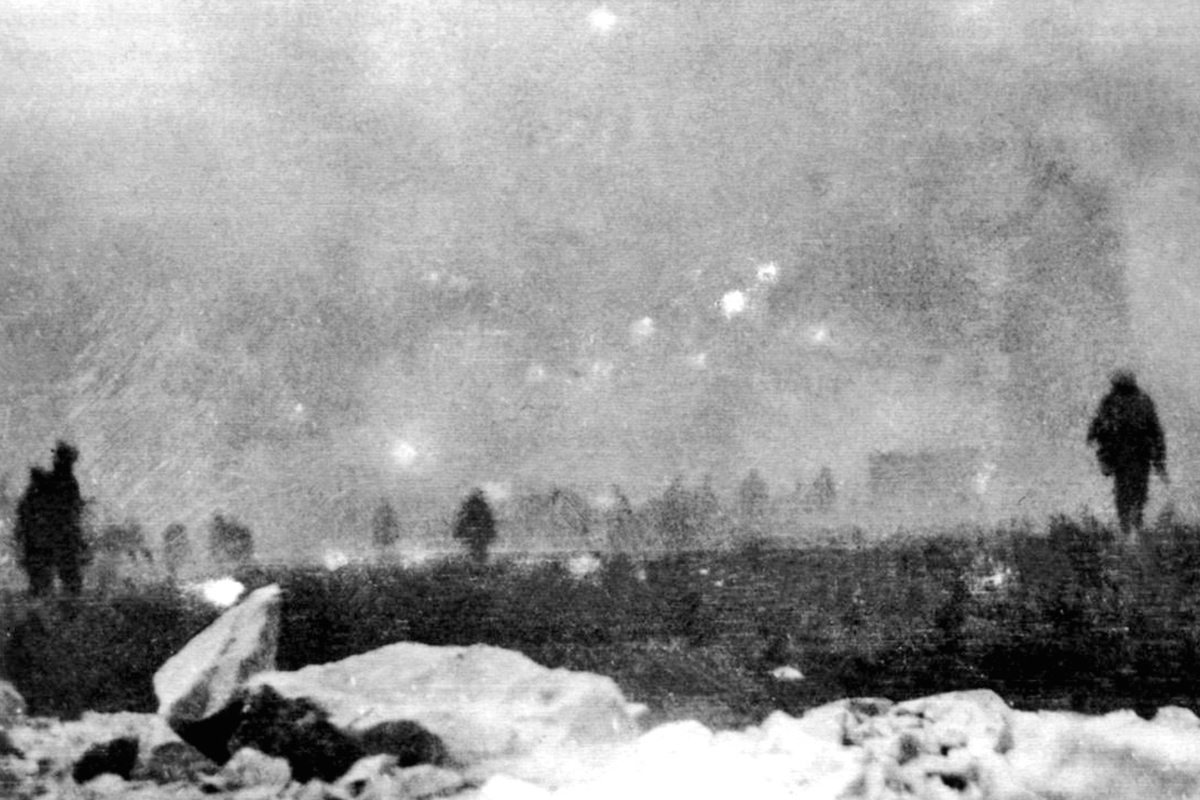As an American, I remember being surprised to learn how impactful Westerns have been outside my homeland. It’s a genre that is quintessentially based on American history, but one that has gained currency abroad, particularly in Italy. Quasi-Westerns have also been made in Australia, China and South Africa.
Here I’d like to discuss a “Red Western”: Vladimir Motyl’s 1970 White Sun in the Desert. It’s a film much like American Westerns, but set in what is now Turkmenistan during the Russian Civil War.
The plot feels like it could have been something out of the American West: Fyodor Ivanovich Sukhov (Anatoly Kuznetzov) is a Red Army soldier trying to make his way home to his wife Katerina (Galina Luchai), who only appears in his dreams. He wanders the desert, inadvertently stumbling into a localized conflict involving dastardly Basmachis, Muslim rebels against Soviet authority in the region. Like many cowboy heroes, Sukhov is a loner, a man trying to get back to something, and someone. Also like American heroes, he has a strong sense of morality and tries to do good in spite of everything.
As I watched this film, it became clear to me the Soviet Union was actually a perfect place for a “Western”. The vast expanses of Turkmenistan could just as easily be Arizona. On a more philosophical level, both countries were built on a European model with access to a large frontier inhabited by nomadic peoples who had every intention of keeping their ancestral homes. Both thought they could “improve” these lands in some vaguely defined way.
John Gast painted Columbia accompanying settlers westward; White Sun of the Desert coats this ideology in Marxist conceptions of history, arguing the Bolshevik state is on a more advanced stage of history and will “uplift” the Central Asians. It’s a different way of expressing a similar idea.
Much like American Westerns, this film has a problematic treatment of the Central Asian Muslims who form its antagonists. Some are portrayed well — those on Sukhov’s side. The rest are vaguely barbaric in a way early American films portrayed the indigenous population of North America. Sukhov is very much a “mighty whitey” even if he does fight in the name of global proletarian revolution.
There’s some truly spellbinding action. Being set several decades after the Closing of the West (when Indian Territory was opened for white settlement in 1889), the technology is a bit more advanced than in traditional Westerns. For example, there are many harrowing scenes involving machine guns that will rattle your bones.
White Sun of the Desert is not a perfect film, but it is an enjoyable one, one whose context in cinematic history is perhaps more interesting than its narrative. In any case, anyone curious about Soviet cinema or how Westerns are done outside of the United States will be satisfied.






1 Comment
Add YoursNo, it’s not a perfect movie, but damn close to one. The problem is that the western world do not get the references. The book actually is even better, but the communist edited out (censured) the bad communist doing bad things, and the original was restored in the 1990s.